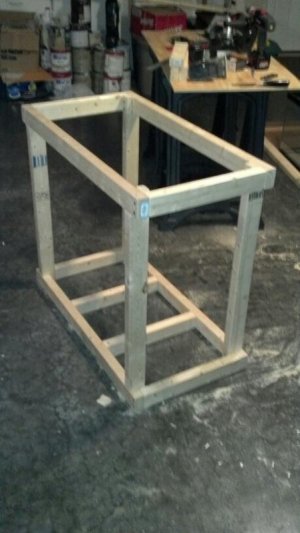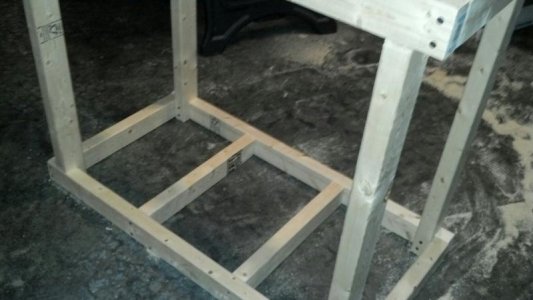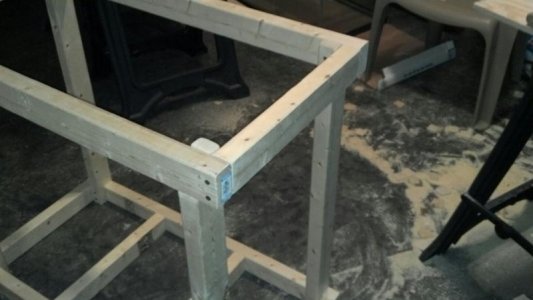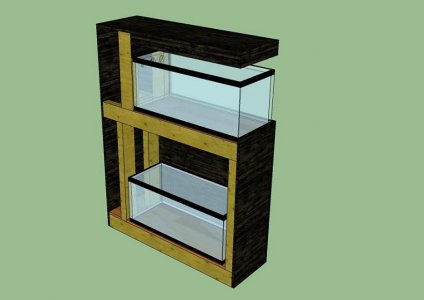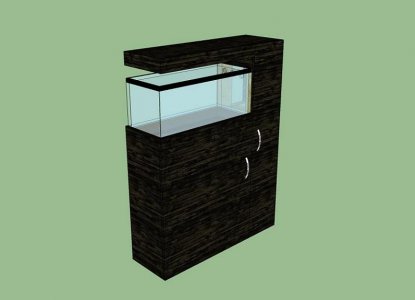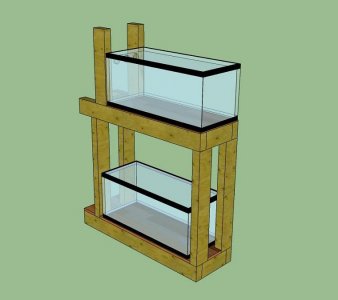livingseas
New member
Not quite. With the addition of a central leg you don't need the 2X8. Given that the leg position isn't defined, I can't run the numbers on a 2X4 so I recommend staying with a 2X6. The 30" actually makes it worse because its more load on the long pieces. The center leg position drives the size of the top frame.
HTH,
RocketEngineer
Rocket. So I built your design using all 2*4s even the top frame. Glued and screwed.
It has a 3/4" plywood top with cross supports underneath at 1.5, 3 and 4.5 feet.
I am going to add some angle bracing on the back and sides.
72*36*41 stand with a 72*36*27 tank 300 gallons. The tank is on the
Stand but not filled. I have a center leg on both long sides at 3ft.
Do I need to worry about beefing things up? Should I add legs at 1.5 and 4.5 on the long lengths?



